Salento: A Heartfelt Travel Experience in Colombia
Discover the enchanting charm of Salento, Colombia, with its colorful streets, breathtaking Cocora Valley hike, and immersive coffee tours. Experience the rich cultural history and small-town allure that make Salento a must-visit destination in Colombia.
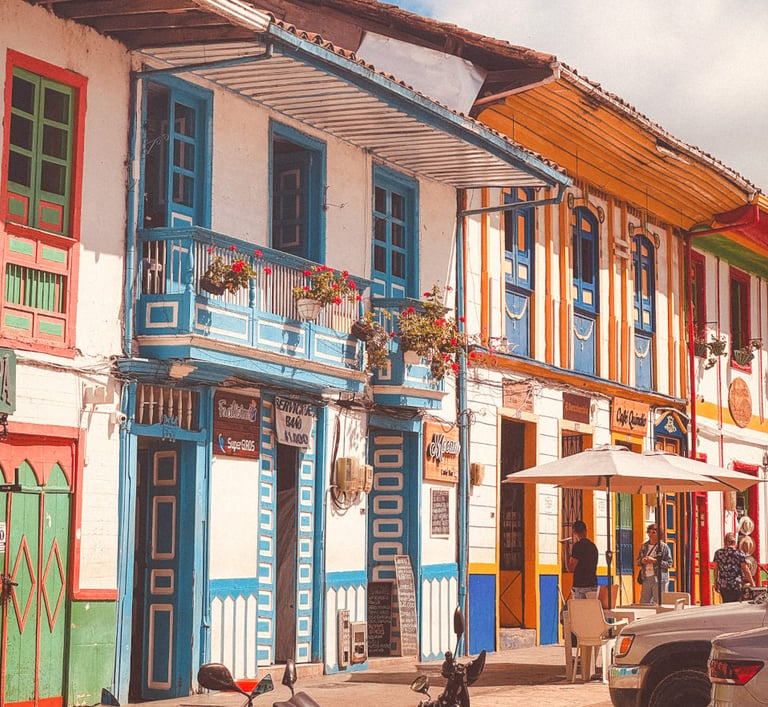

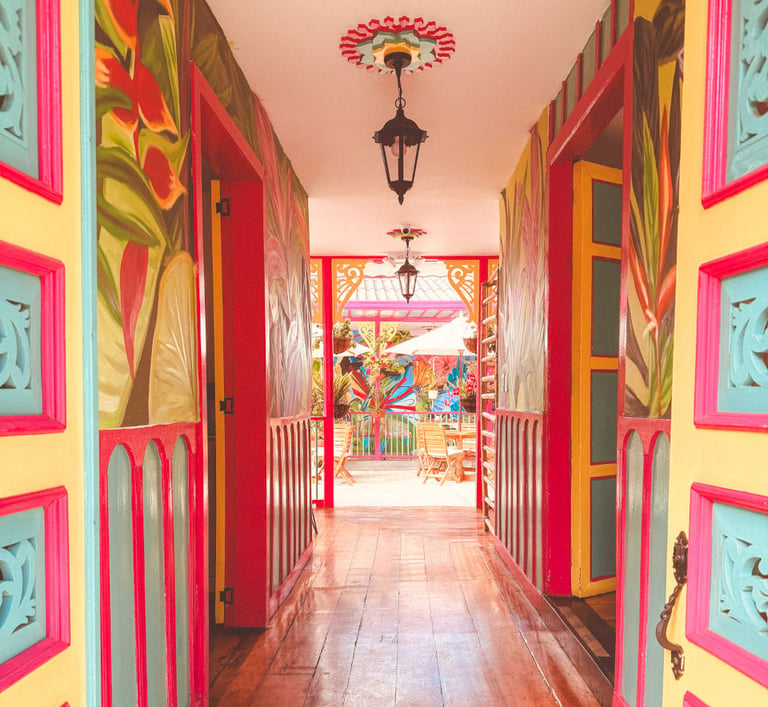

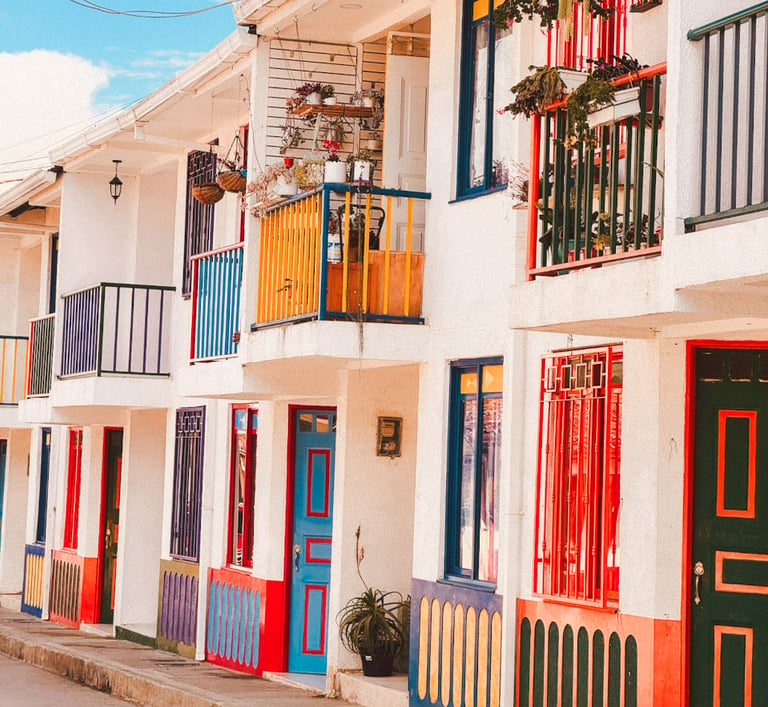

Salento: A Heartfelt Travel Experience in Colombia
Discover the enchanting charm of Salento, Colombia, with its colorful streets, breathtaking Cocora Valley hike, and immersive coffee tours. Experience the rich cultural history and small-town allure that make Salento a must-visit destination in Colombia.
14/09/2025 • 6 min read
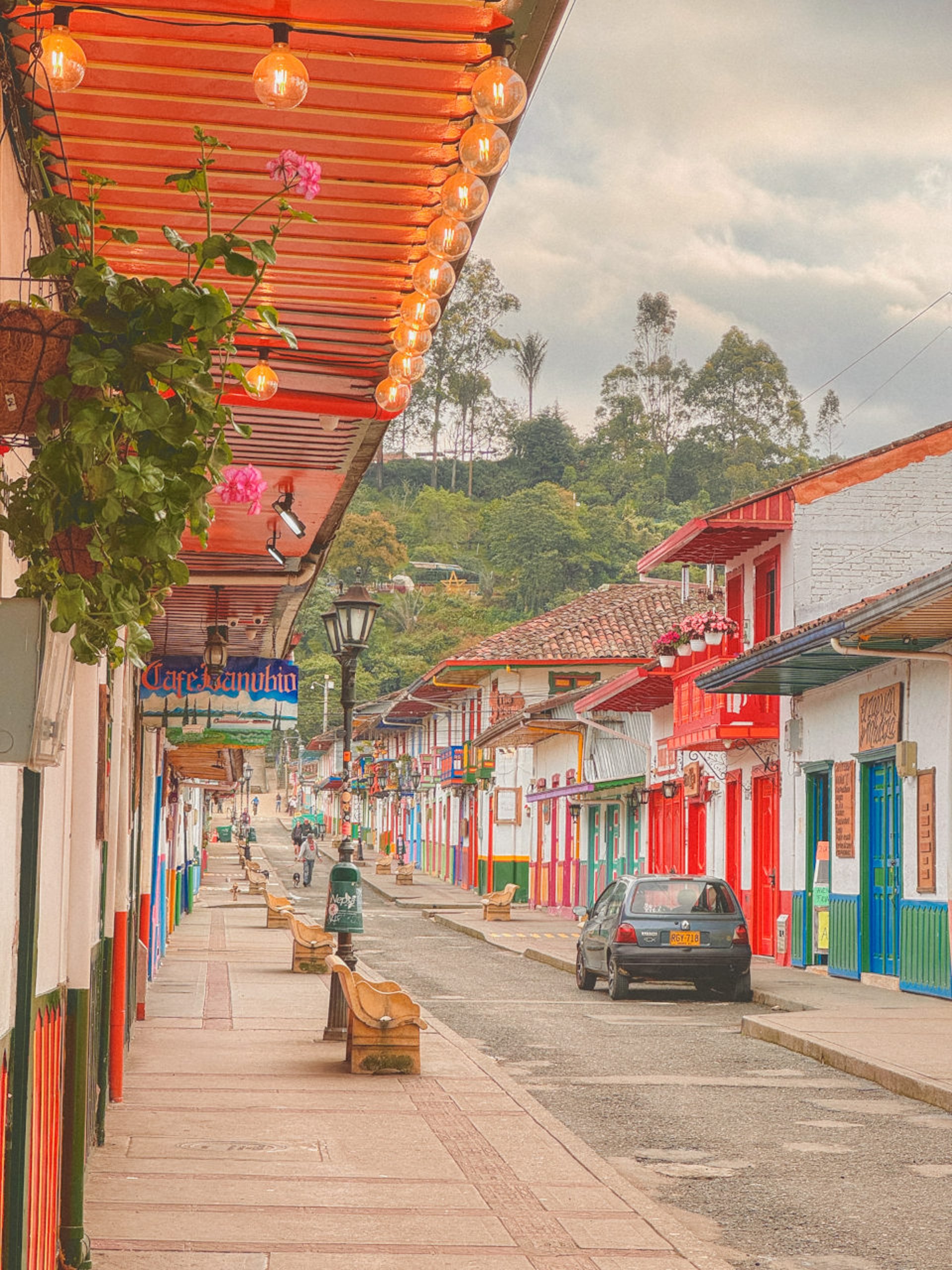
Salento was the second town on my travel itinerary in Colombia, and became the highlight of my trip in Colombia. Small, walkable, and surrounded by nature, the town feels safe, even after dark, and strikes a perfect balance of charm and activity.
Compared to Bogotá’s bustling chaos and Jardín’s slower pace, Salento offers a mix of adventure, authenticity, and cozy mountain life that’s hard to beat.
Table of Contents
Click on the topic of interest for faster navigation:
Vibe and Atmosphere
Walking through Salento feels like stepping into a storybook. The streets are lined with brightly painted houses and artisan shops, while the town square hums with activity. Cafés spill onto sidewalks, locals greet each other with warmth, and the pace of life invites you to slow down.
Despite being popular with travelers, it never feels touristy in a crowded, overwhelming way. The cooler mountain climate adds to its charm, making it easy to wander, hike, and sit outside without rushing.
Salento was with no doubt my favourite town in all of Colombia. If you want to know my top 5 destination in Colombia, I have made a post just for that:
History and Local Meaning
Founding and Early Days
Salento might look like a pretty postcard, but it carries a long and layered history. The town was officially founded in 1842, making it one of the oldest in the Quindío region. It grew around the Camino del Quindío, a colonial road that once linked Bogotá with Popayán. Political prisoners were sent here during a civil war in the 1800s to maintain the road, and when their sentences ended, some stayed on, slowly building a community among the valleys and coffee fields (Wikipedia, 2025).
Isolation as Preservation
Because new transport routes bypassed Salento, the town remained relatively isolated for years. That isolation turned into a quiet strength: it preserved the traditional way of life and architecture long after other places modernized. Walking down Calle Real, you’ll see houses in the bahareque style — clay, wood, and cane — with balconies and roofs of red tile. The brightly painted doors and windows aren’t just decoration; they’re part of a cultural identity, passed down as families painted their homes to express character and pride (Wikipedia, 2025; Andean Trails, 2023).
Salento in Popular Imagination
Salento has also stepped into global imagination. When Disney’s creative team researched Colombia for Encanto, they visited towns like Salento and the Cocora Valley. The wax palms, the mountains wrapped in mist, and the bold splashes of color on colonial houses all found their way into the movie’s design. Encanto doesn’t take place in Salento, but if you’ve walked its streets or hiked among its palms, you’ll recognize the magic that inspired it (Condé Nast Traveler, 2021; Euronews, 2022).
Coffee Cultural Landscape
Salento isn’t just pretty streets and balconies; it’s part of Colombia’s Coffee Cultural Landscape, a UNESCO World Heritage Site. That recognition protects not only the coffee fields, but also the traditions of farming, architecture, and rural life that shaped the region. When you walk past drying patios or ride a jeep past coffee plants, you’re seeing a way of life that has carried families for more than a century (UNESCO).
The Wax Palm’s Symbolism
The town’s identity is also tied to the wax palm, the world’s tallest palm tree and Colombia’s national tree. Once, the palms were nearly lost — locals would cut fronds for Palm Sunday, and deforestation cleared much of their habitat. In the 1980s, Colombia banned the use of wax palms for religious celebrations, and since then the Cocora Valley has become both a sanctuary and a symbol. To Colombians, these palms aren’t just scenery; they’re a sign of endurance, standing fragile and proud against the mist (Visit My Colombia, 2024).
Tourism and Change
Over the years, Salento has shifted from a small farming town to a place where tourism is part of daily life. Coffee and agriculture remain, but many families now run cafés, hostels, and tour companies. The balance is delicate — tourism has brought jobs and opportunity, but also higher prices and dependence on visitors. It’s a new chapter layered onto the old, and one you can feel when locals talk about how their town has changed in just a generation (Andean Trails, 2023).


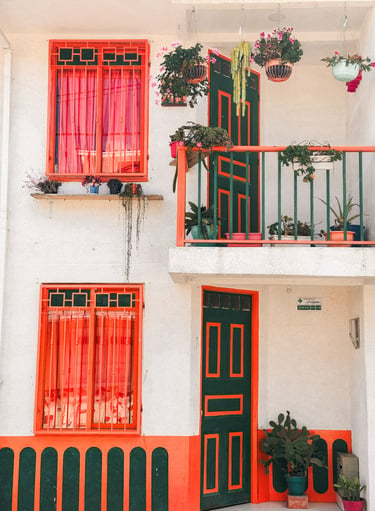

The wax palms in Cocora Valley
Cultural Identity in Salento
Activities and Experiences
Cocora Valley Hike
One of the most unforgettable experiences in Colombia is the Cocora Valley hike. Towering wax palms rise out of the misty mountains, creating landscapes you’ll remember long after leaving. Hostels and local guides can help with transport to the trailhead.
Coffee Farm Tour
Salento sits in Colombia’s coffee heartland, so a farm visit is a must. I went to Finca El Ocaso, where tickets (including transport from the town center) can be purchased at Plaza de Bolívar. Touring the farm gave insight into Colombia’s most famous export and offered plenty of photo opportunities.
Calle Real
The town’s main street is a joy to explore. Brightly colored houses, artisan shops, and small cafés make it perfect for strolling without a fixed plan. This is where the town’s personality shines, from hand-painted murals to locally made souvenirs.
Mirador de Salento & Mirador Alto de la Cruz
Two viewpoints within walking distance of town. The climb up the colorful staircase rewards you with sweeping views over the valley and the town’s red rooftops.
Day Trip to Filandia
A quieter and less touristy town about 30 minutes away. Known for traditional architecture, handicrafts, and fewer crowds than Salento.
Santa Rita Waterfall
A less-visited hike that starts from the edge of town. It leads to a series of waterfalls surrounded by jungle, good for a half-day adventure.
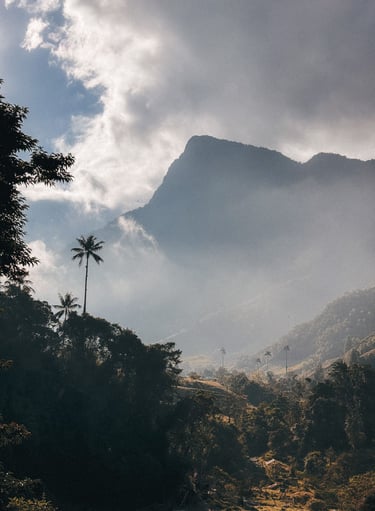


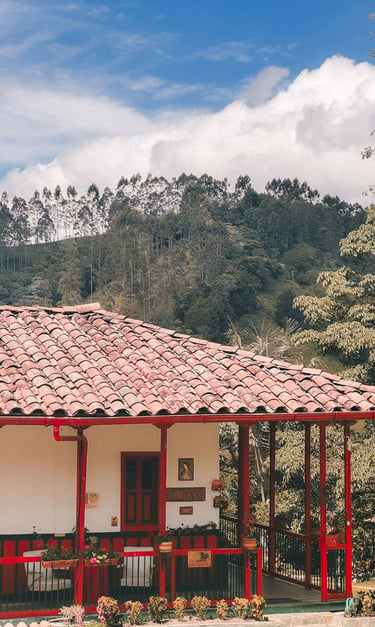
The park of Cocora Valley
Finca El Ocaso (Coffee Farm)
Practical Tips
Where to Eat & Drink
Brunch de Salento: Legendary for hearty portions; pancakes are a must.
Café Jesús Martín: Great coffee and cakes, perfect for a slow morning.
Bernabé: Colombian comfort food at reasonable prices.
Where to Stay
Viajero Salento Hostel (Low to mid-range): Social and stylish. 9,7 out of 10 stars on hostelworld.com (September 2025) - not sponsored.
How to Get There
1) Bogotá to Salento
Night Bus to Armenia: Take a night bus from Bogotá to Armenia. Platforms like RedBus or local bus companies offer tickets in advance.
Bus or Colectivo to Salento: From Armenia, take a local bus or colectivo (shared minivan) to Salento. The ride takes around 1 hour and drops you in the town center.
2) Jardín to Salento
Bus to Riosucio: Start from Jardín’s small bus terminal and take a morning bus to Riosucio. The ride takes about 2–3 hours on scenic, winding roads.
Transfer in Riosucio: From Riosucio, catch a bus or chiva heading to Salento. This leg takes roughly 3–4 hours and goes via Pereira or Filandia.
Arrival in Salento: The bus will drop you in the town center, which is easy to explore on foot.
Duration
Spend at least 3-4 days here. One full day is necessary for Cocora Valley alone, but extra time allows for farm visits, exploring Calle Real, and relaxing in cafés.
Get the full overview of where I have been, except for Salento, in the following blog post:
Final Reflection
There’s a rhythm here, slower and steadier, where the morning starts with the smell of fresh coffee and the evenings end in the soft hum of the plaza.
The history lingers in its streets, from the old Camino del Quindío to the houses painted with a pride passed down through generations. Tourism has changed Salento, but at its heart, it remains a mountain town where warmth and tradition shape everyday life.
For me, that’s what makes Salento unforgettable. It’s a place that doesn’t just fill your itinerary; it settles quietly into memory, with colors, faces, and landscapes that stay long after you’ve left.

